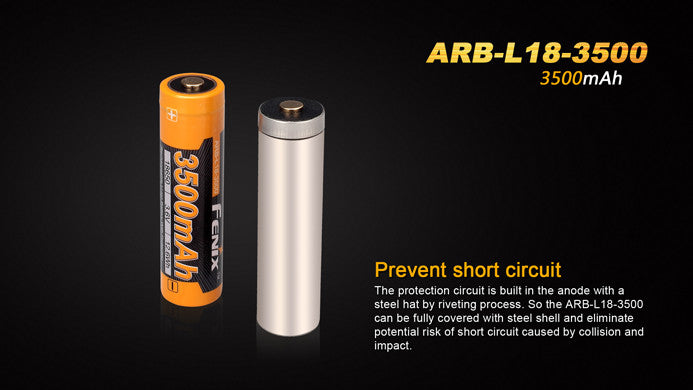StorminMatt
Flashlight Enthusiast
I still remember back when I joined this board in late 2012. Back around that time, the XM-L was king of the hill, high CRI was something exotic, and thise folks who used Li-Ion batteries used nothing but protected cells (with VERY few exceptions). To NOT use protected cells back then was, as was frequently quoted around here back then, like having unprotected sex with a stranger. If you DID use then, it was recommended that you carry a multimeter at all times and frequently check voltage. Basically, all the 'cool kids' around here used some form of protected NCR18650A or NCR18650B in their light. Yes, there were safer IMR batteries. But few people used them because their low capacity basically ensured that flashlights literally lived up to their name.
These days, it seems like more and more people are giving protected cells the old 'heave ho' in favor of modern, higher current, high capacity unprotected cells. And new Zebralights don't even take protected cells (not sure if any other manufacturers are following suit). It seems like nowadays, there is an abundance of safer chemistry, high quality cells with high current output (which exceeds the ability to typicall protection PCBs). Flashlights also often draw current in excess of what would cause protection circuits to trip and have built-in protection anyway. High quality chargers are inexpensive and widely available. And people around here are generally more knowledgable about the use of Li-Ion batteries. It would seem that all of these factors are pushing protected cells (especially of the overpriced, flashlight branded variety) into extinction. What do you think?
These days, it seems like more and more people are giving protected cells the old 'heave ho' in favor of modern, higher current, high capacity unprotected cells. And new Zebralights don't even take protected cells (not sure if any other manufacturers are following suit). It seems like nowadays, there is an abundance of safer chemistry, high quality cells with high current output (which exceeds the ability to typicall protection PCBs). Flashlights also often draw current in excess of what would cause protection circuits to trip and have built-in protection anyway. High quality chargers are inexpensive and widely available. And people around here are generally more knowledgable about the use of Li-Ion batteries. It would seem that all of these factors are pushing protected cells (especially of the overpriced, flashlight branded variety) into extinction. What do you think?


